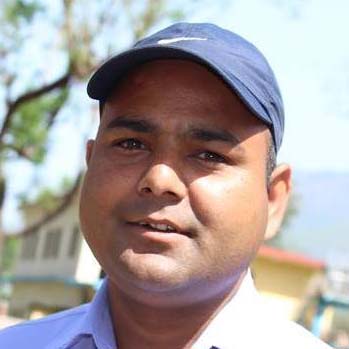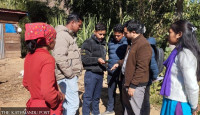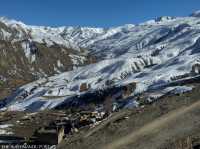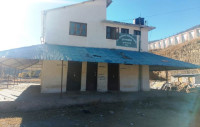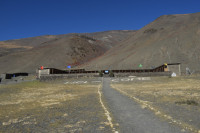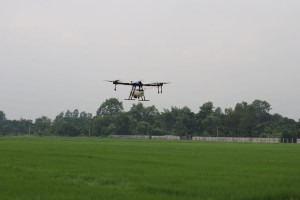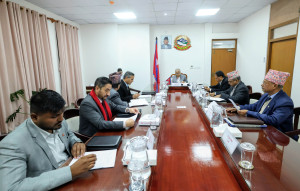Karnali Province
Karnali province linked to India and China by road after 26-year wait
Vehicles can now travel from the Indian border town of Rupaidiha to Tibetan town Hilsa non-stop.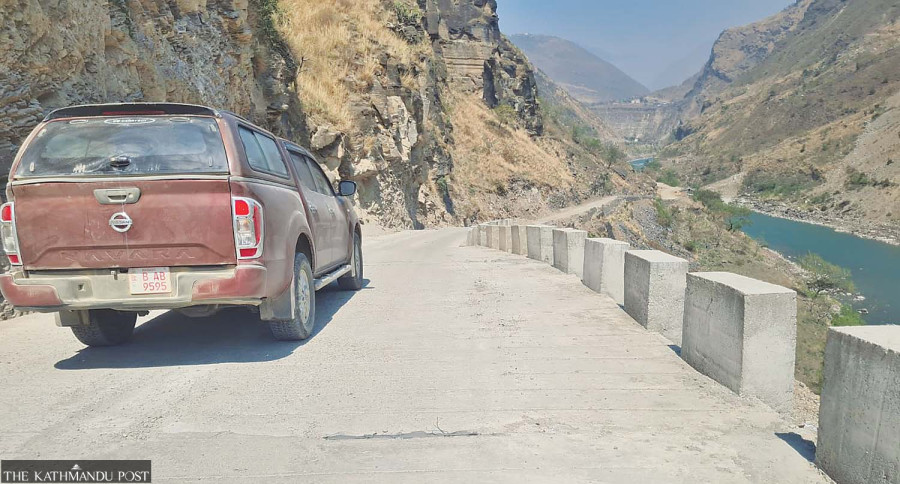
Krishna Prasad Gautam
Simkot, the district headquarters of Humla in Karnali province, has finally been connected to Nepal's national road network. The long-held dream came true with the construction of a Bailey bridge over the Chuwakhola river in ward 5 of Kharpunath Rural Municipality, effectively linking Simkot via the Karnali Corridor.
The bridge, built in just 35 days by the Nepal Army at a cost of around Rs40 million, is scheduled to be officially inaugurated by Prime Minister KP Sharma Oli on July 6. With the connection now complete, vehicles can travel directly from the Indian border town of Rupaidiha to the Chinese border town of Hilsa—a journey of approximately 505 kilometers—without needing to switch vehicles.
With this, the long-awaited dream of Humla residents has been fulfilled after almost 26 years. The road, which begins from Khulalu in Kalikot district, runs through Bajura and links to Humla, forming a key part of the Karnali Corridor.
Narayan Pandey, Chief District Officer of Humla, said that the absence of a bridge over the Chuwakhola river had previously forced travellers to change vehicles three times along segmented road stretches, increasing both travel costs and time. “With the bridge completed, seamless travel is finally possible,” he said.
Efforts to build a road into Humla began in 1997 after a viral outbreak linked to famine killed nearly 50 residents. To address the chronic food shortage, the then District Development Committee proposed a road link to China. Construction of the Simkot-Hilsa road started in 2000 using internal resources.
Former Karnali Chief Minister and then DDC chair Jeevan Bahadur Shahi recalled that the World Food Programme later supported the project through a “food-for-work” initiative, and the Remote Area Development Committee also contributed Rs700,000. From 2002 to 2008, the DDC spent around Rs68 million on the road. Due to slow progress, heavy equipment like excavators were brought in to speed up construction.
It took 12 years before the federal government formally took notice. In 2013, the Simkot–Hilsa Road Project Office was established and integrated into the broader Karnali Corridor project. In 2015, the government assigned the Nepal Army to carry out the construction, which brought much-needed momentum.
Padam Bahadur Shah, President of the Karnali Province Chamber of Commerce and Industry, said the road would significantly boost regional development. “Now that we are connected to both China and India, Karnali has a huge opportunity to benefit from cross-border trade,” he said. “Infrastructure development, employment and economic activity will all see growth.”
Humla residents are elated, hoping that the road connectivity will bring prosperity to the remote district of Karnali province. Civil society leader Chandan Giri emphasised the road’s strategic importance in tourism, employment and economic advancement. “The government should now initiate diplomatic steps to formally open this as a trade route, which would promote local production and market access,” he added.
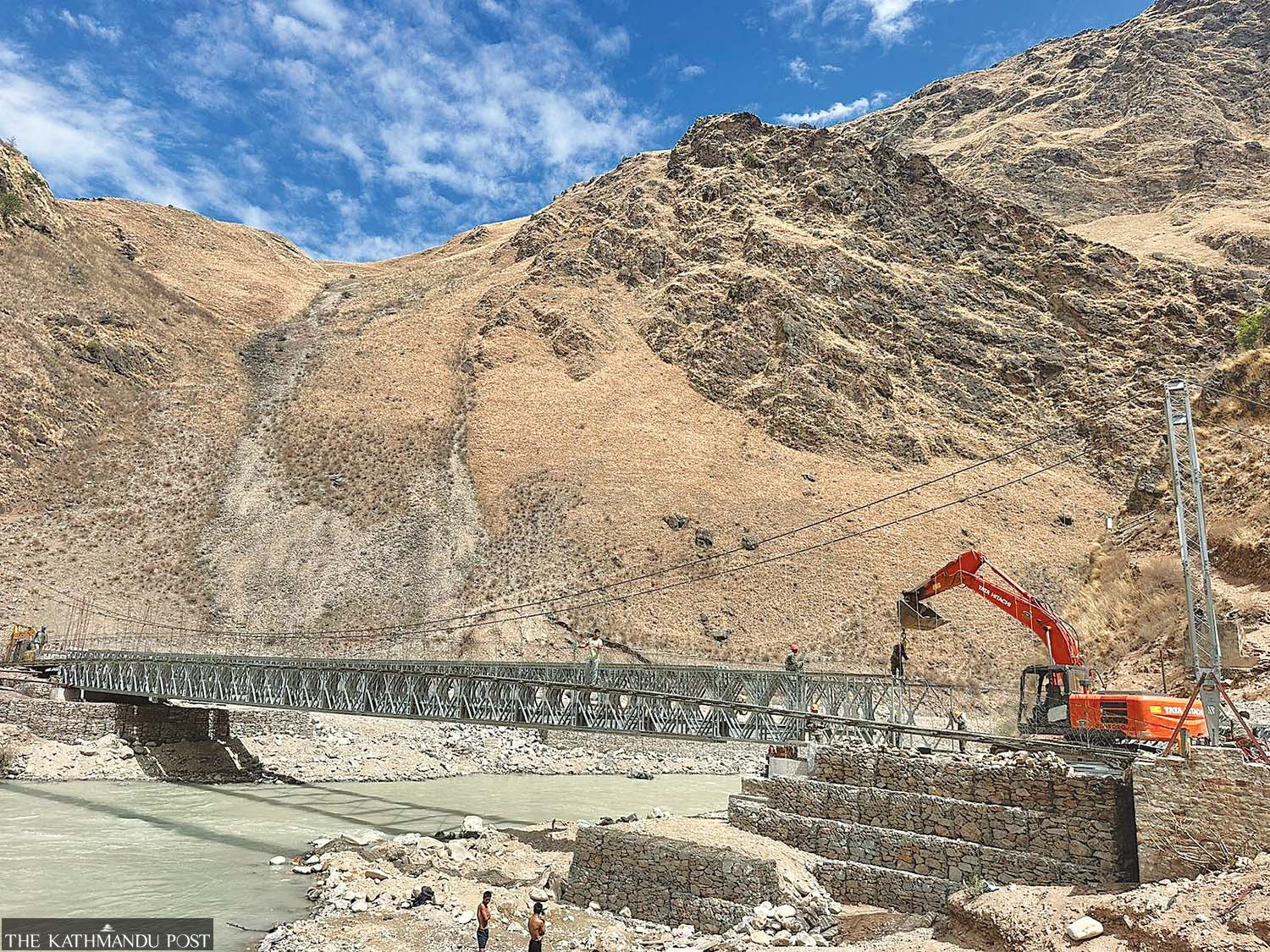
Road upgrade works are currently ongoing along both the southern Khulalu-Sallisalla and northern Sallisalla-Hilsa sections. These include road widening, retaining wall construction, graveling, and blacktopping.
In the northern section, the 35 km Tumkot-Hilsa segment is undergoing major upgrades. Gajurmukhi-Shivashakti JV was awarded the blacktopping contract in the fiscal year of 2022-23 with two deadline extensions, the final one valid until August. Another contractor, Ashish Construction, is upgrading a 17-km section between Elabang and Chhyachhada, with a March 2026 deadline.
An additional 10 km between Chhyachhada and Hekpakhola is being upgraded under a one-year extension through July. These two northern segments are being improved at a combined cost of Rs100 million. Om Prakash Kohar, information officer at the road project, said the northern section was allocated Rs330 million for the current fiscal year 2024-25, and Rs400 million for the upcoming fiscal year of 2025-26. Four bridges in this section have already been completed, he added.
In the southern section, Nepal Army is working on widening roads along cliff sides in Bokchegauda, Bhigauda and Yangchu using explosives since the terrain is rocky.
Engineer Tularam Sharma of the road project said 50 km of the southern section is undergoing full blacktopping. PS Construction was awarded a Rs1.1 billion contract to blacktop the 23 km Pilichaur-Tumcha section. The contract, signed this month, includes 7.5-meter-wide road construction with drainage, grading, and surfacing within three years.
Likewise, contractor Singh and Brothers JV is upgrading 27 km in the Kuwadi-Tumcha section for Rs1.18 billion. Sharma noted that once these two sections are completed, the first part of the corridor will be fully blacktopped. Preparations are also underway to begin blacktopping the Kalikot section in the upcoming fiscal year.
Ten Bailey bridges have been built—six in the southern section and four in the north. Eight more are needed. In the south, bridges have been completed at Khulalu, Phugad, Sannigad, Jittikhola, Baddigad, Kuwadi and Sallisalla. Permanent concrete bridges are being planned to replace Bailey bridges, with tender processes already underway.
In the north, bridges have been completed at Chuwakhola, Sallikhola, Tagrukhola and Hekpakhola, while Sarkegad, Nyasikhola and Syamnekhola are still pending. Kohar said that traffic is currently running over bailey bridges and concrete bridges will be constructed gradually.




 17.12°C Kathmandu
17.12°C Kathmandu